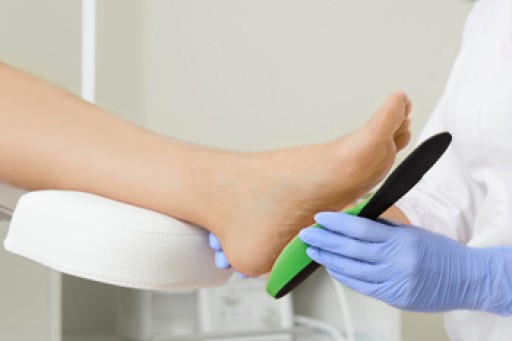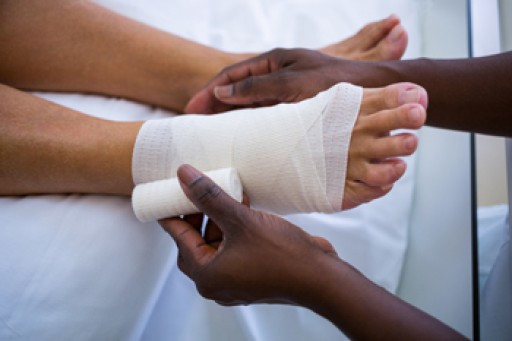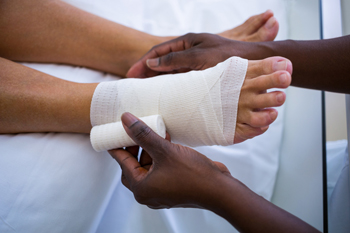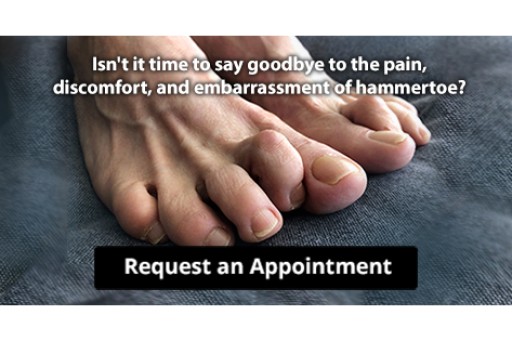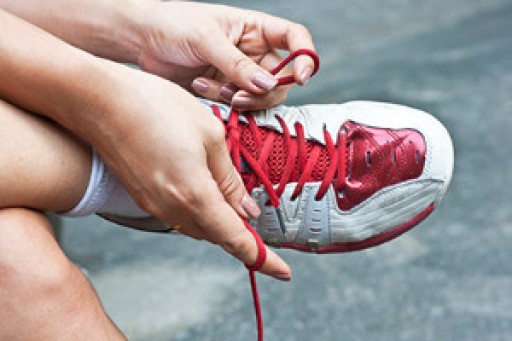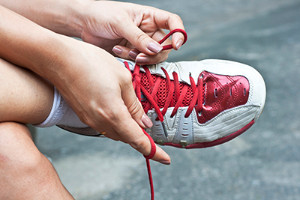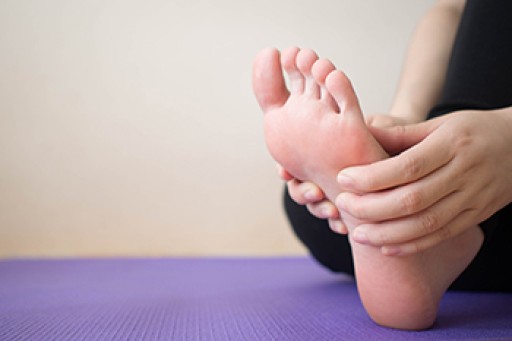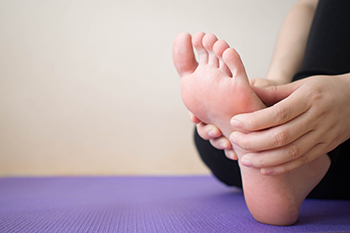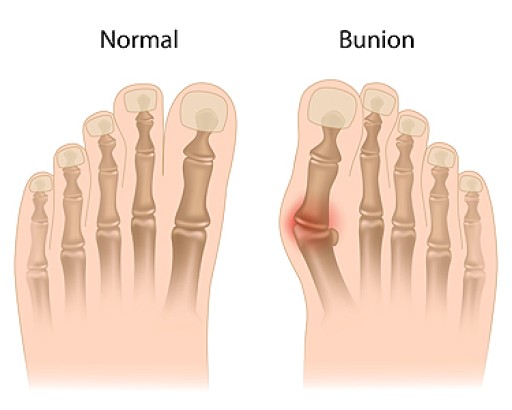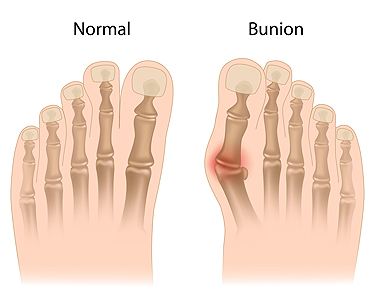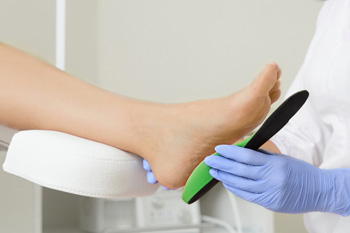
Orthotics are insoles that are worn in the shoes to provide additional support for the feet. They are used for different reasons, including overall foot health, abnormal foot structure, and various foot ailments. There are several kinds of orthotics to choose from. Orthotics that are prescribed by a podiatrist are designed to fit and correct an individual's unique foot and specific condition. They are made by taking an impression of the feet and can be successful in treating plantar fasciitis, flat feet, or heel spurs. Mass-produced inserts are referred to as prefabricated orthotics, and can fit a large range of foot types. They can be purchased in a pharmacy, and are available in numerous sizes and arch types. People who have mild foot pain may benefit from over-the-counter insoles, which may provide temporary relief. If you have any type of foot pain, it is strongly suggested that you consult with a podiatrist who can help you to choose the right type of orthotics based on the cause of your foot pain.
If you are having discomfort in your feet and would like to try orthotics, contact one of our podiatrists from Footcare Now. Our doctors can provide the care you need to keep you pain-free and on your feet.
What Are Orthotics?
Orthotics are inserts you can place into your shoes to help with a variety of foot problems such as flat feet or foot pain. Orthotics provide relief and comfort for minor foot and heel pain but can’t correct serious biomechanical problems in your feet.
Over-the-Counter Inserts
Orthotics come in a wide variety of over-the-counter inserts that are used to treat foot pain, heel pain, and minor problems. For example, arch supports can be inserted into your shoes to help correct overarched or flat feet, while gel insoles are often used because they provide comfort and relief from foot and heel pain by alleviating pressure.
Prescription Orthotics
If over-the-counter inserts don’t work for you or if you have a more severe foot concern, it is possible to have your podiatrist prescribe custom orthotics. These high-quality inserts are designed to treat problems such as abnormal motion, plantar fasciitis, and severe forms of heel pain. They can even be used to help patients suffering from diabetes by treating foot ulcers and painful calluses and are usually molded to your feet individually, which allows them to provide full support and comfort.
If you are experiencing minor to severe foot or heel pain, it’s recommended to speak with your podiatrist about the possibilities of using orthotics. A podiatrist can determine which type of orthotic is right for you and allow you to take the first steps towards being pain-free.
If you have any questions please contact our offices located in Elmhurst Jackson Heights, and Astoria, NY . We offer the newest diagnostic and treatment technologies for all your foot and ankle needs.
